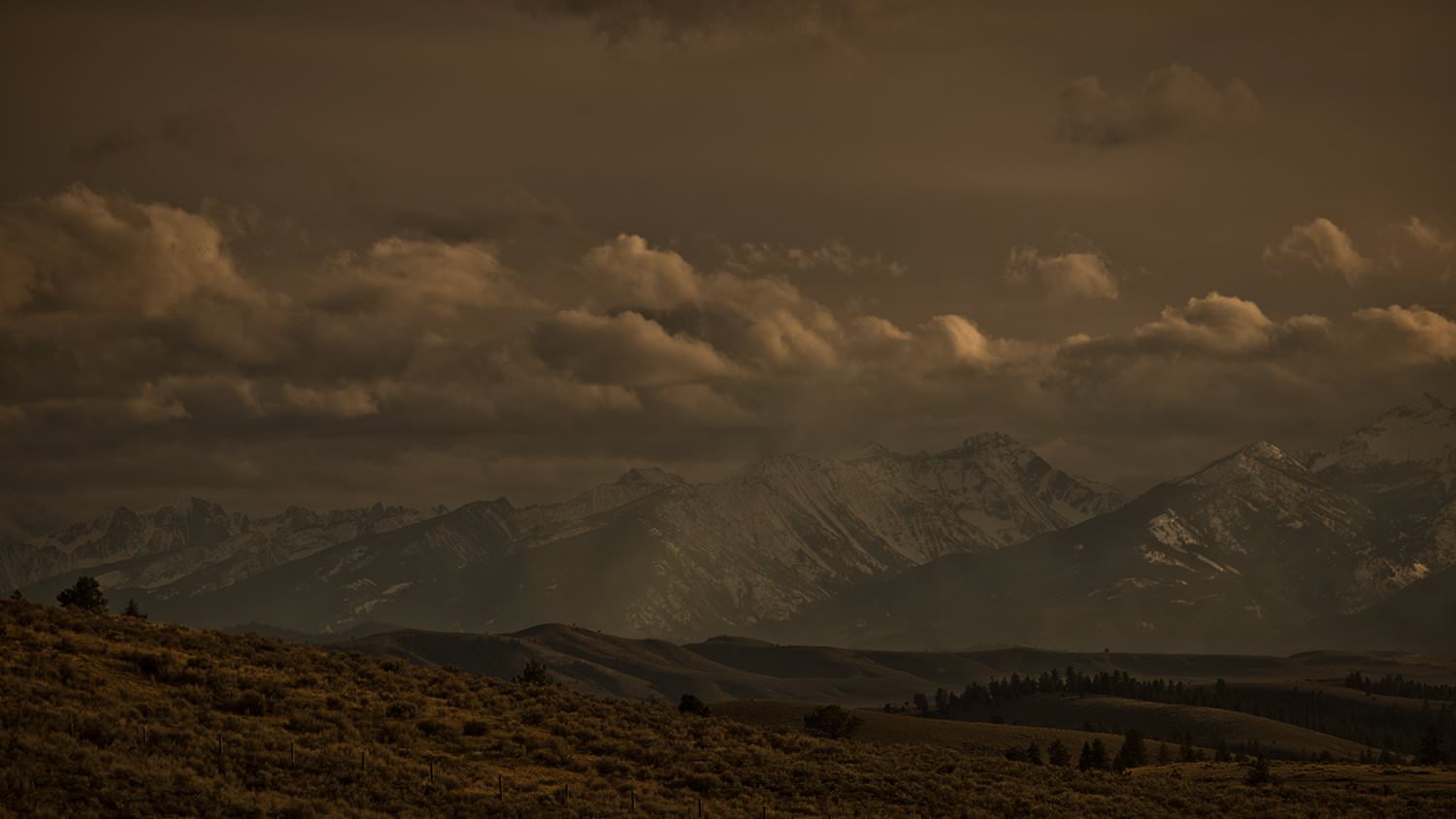Camo Comes Indoors for Home Décor Touch
- September 22, 2015
- By Brian Lovett
- Trends

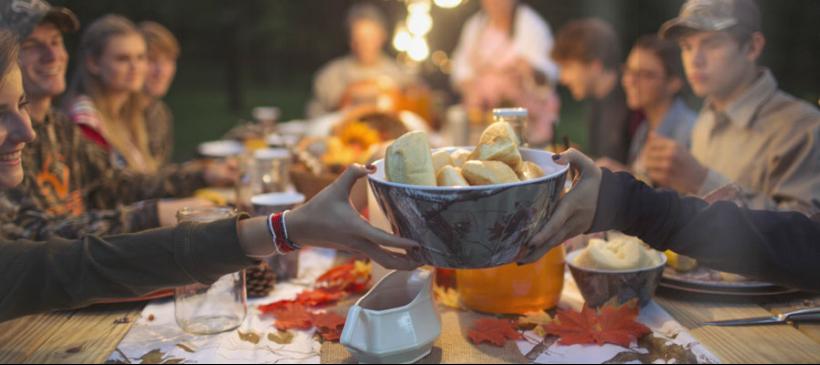
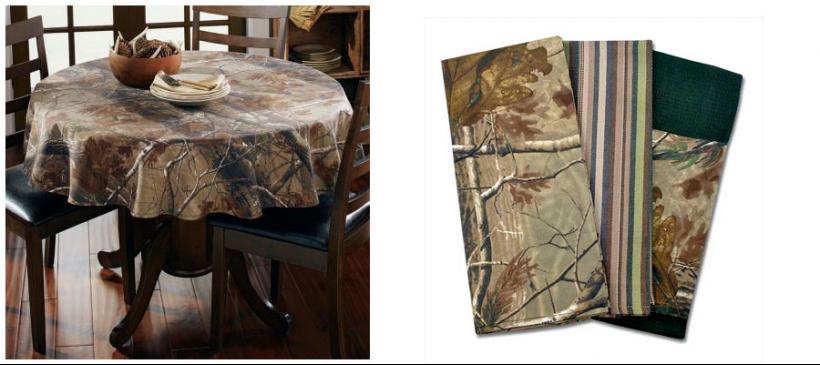
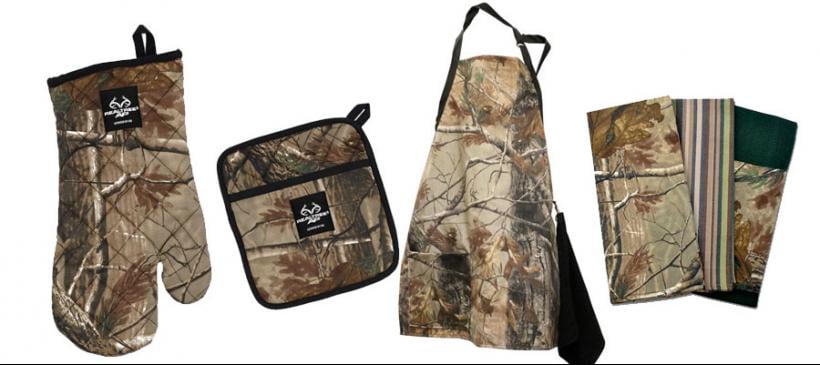
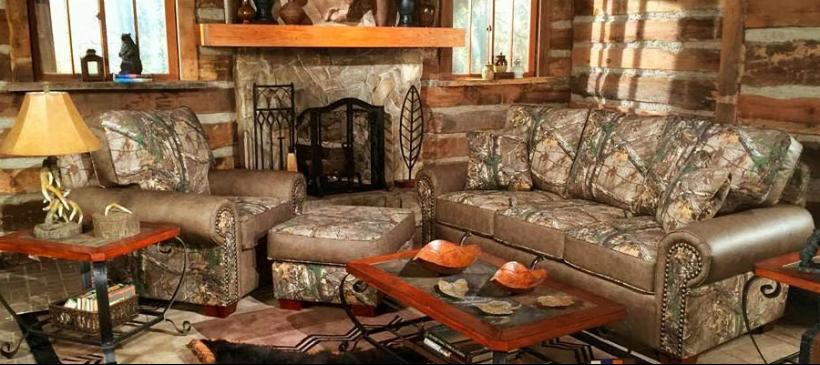
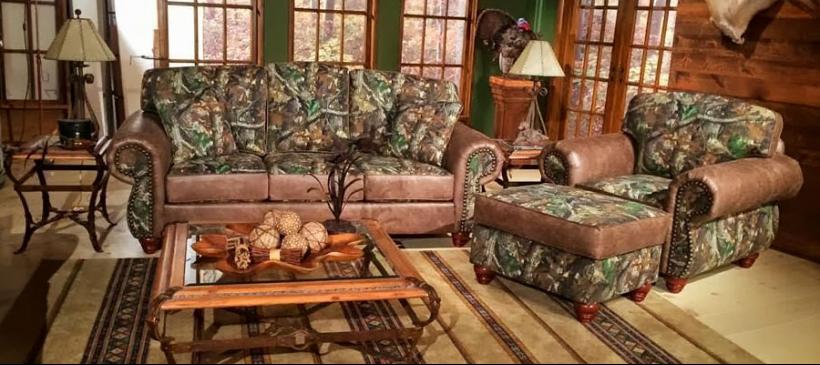
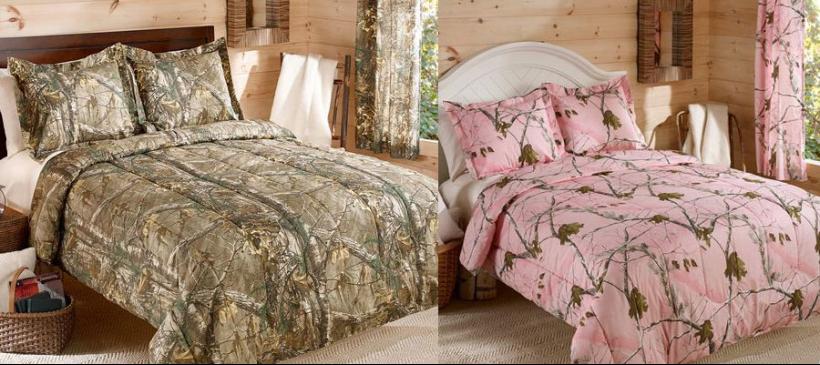
Realtree remains No. 1 in the woods, but America’s top camo isn’t limited to hunting anymore. In fact, it’s a lifestyle statement that extends into many homes.
Nowadays, it’s common to find camouflage accents or full patterns on various in-home products, including furniture, appliances, bedding and kitchenware. And that has opened a growing market for a relatively new class of Realtree licensees: home décor manufacturers.
“Military-inspired looks and designs like camo have found their way from the front lines to fashion’s runway and most recently into home décor,” said Bronwen Sainsbury, vice president of custom/private label products for Design Imports, a wholesale company from Seattle, Wash., that features fashionable, functional gifts, kitchen textiles, table linens and decorative accessories. The firm offers several items sporting Realtree patterns, including tablecloths, placemats, napkins, melamine dishes and slow-cookers.
“Interior design style and trends often take their cues from the fashion industry. In the last few years, camo in the home has become increasingly popular, creating a new demand for more camouflage home products. As this trend continues to gain momentum, décor manufacturers are looking to expand their camo coverage.”
Much of that popularity probably stems from brand loyalty, as consumers want to integrate familiar elements from recreational pursuits into their daily lives.
“Fashion camo follows a trend cycle in apparel and home décor, but I think Realtree camo doesn’t follow quite the same cycle. The consumer that loves Realtree camo is fiercely loyal and will always want to incorporate it into their home in some way,” said Brianne Gruber, director of marketing and brand management for 1888 Mills, a leading global manufacturer of home and commercial textiles, with corporate offices in Oak Brook, Ill. The company manufactures sheets, aprons, bath mats, oven mitts, bedding comforters, shower curtains, and beach and bath towels featuring Realtree camo. (Read more about the 1888 Mills product line here.)
Of course, many outdoor enthusiasts have displayed camo at their cabins, summer homes and hunting properties for years. The current home décor trend goes beyond that, however, as more folks use it in everyday or even formal home settings.
“This look is no longer pigeon-holed to serve only in camping or outdoor arenas,” Sainsbury said, adding that home décor featuring Realtree is selling well at outdoor retailers, big box retailers and hunting specialty stores across the country. “Camo can always find a place among rustic and nature-inspired homes, but in smaller doses, it can also bring an eclectic touch to a modern or more formal home décor.”
Gruber agreed.
“More and more people want their homes to be a reflection of who they are and an oasis from the world, so they want to be surrounded by what they love every day,” she said. “Camo can be translated into a casual setting or even a high-end, more formal setting. It all depends on how it’s used in the room, the fabrications and how the look is pulled together.”
As its appeal broadens, camo home décor isn’t limited to rural counties or other strong hunting demographics, Gruber said. It seems to be everywhere.
“There are those that are true hunters, but then you also have outdoor enthusiasts who aren’t hunting but enjoy getting out in nature,” she said. “You can see people wearing and decorating with Realtree camo in small towns and large cities alike.”
The camo home décor trend also likely reflects a broad consumer passion and serves as a lifestyle statement for many people.
“I think camo has such a strong appeal either because it brings a touch of the outdoors in or as a fashion/lifestyle trend,” Sainsbury said. “Whether you love to camp and hike in the mountains, or if a forest scene on your computer desktop is the closest you come to wilderness, camo décor allows you to bring a small dose of nature into your home.”
Moreover, camo items in the home seem to provide a sense of calm and familiarity, even if people can’t get outside as often as they’d like.
“Most consumers that are outdoor enthusiasts view the outdoors as an escape and a place to go to relax,” Gruber said. “By bringing that feeling inside their homes, they are making their environment even more serene and enjoyable.”
